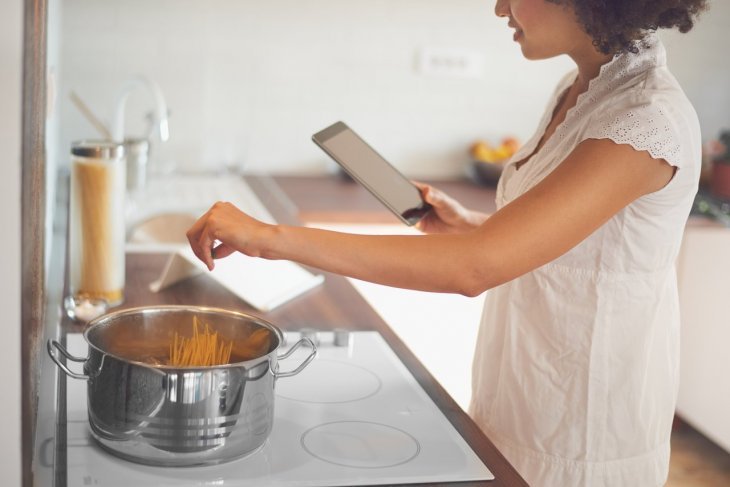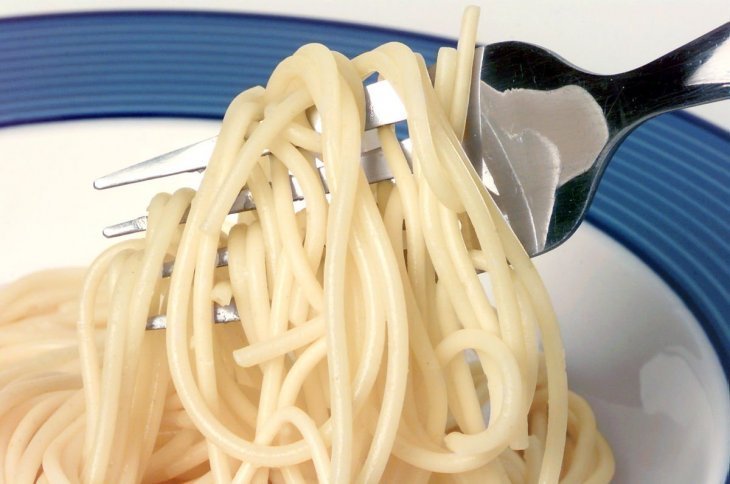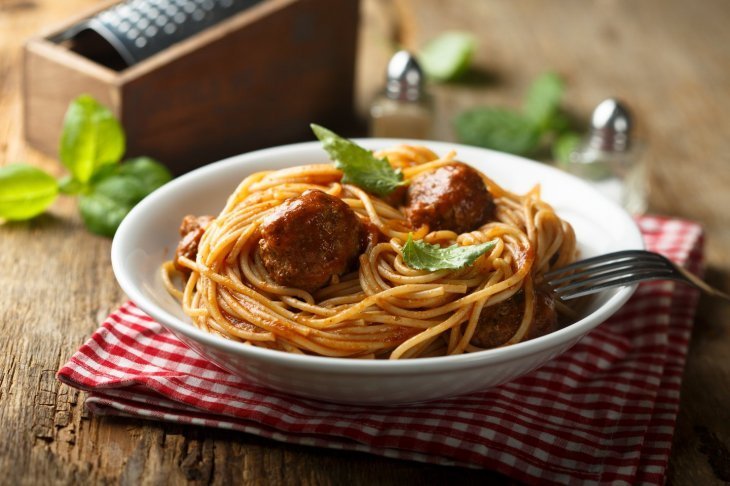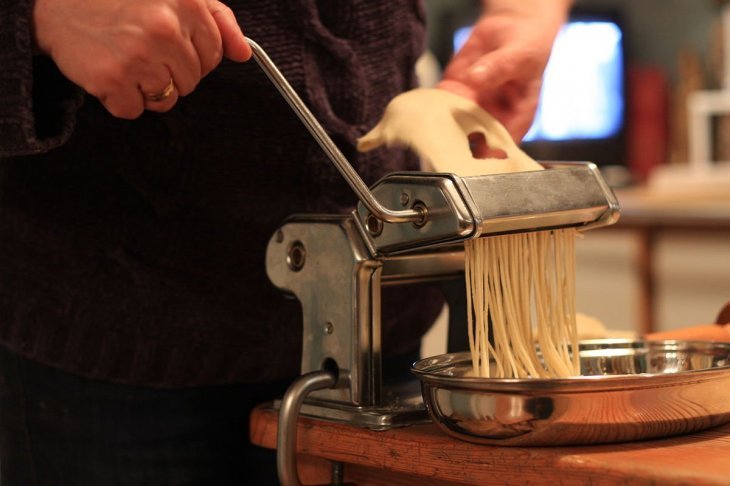
Here is how to cook pasta perfectly every time
Cooking past might seem like one of the easiest tasks in the kitchen, but there’s actually a few tips you can follow in order to get a perfect consistency, not too chewy yet not too mushy.
Sometimes it's the seemingly simple things that prove to make a difference, and when it comes to cooking the perfect pasta, the formula is trickier than just the simple water + pasta = food.
There are other factors to take into consideration, should you add oil to the water? Is it okay to rinse the past with cold water in the end? How long should the pasta boil to reach its al-dente point?

Credit: Shutterstock
Follow the next steps and start making the perfect past to your family and friends.
1. Use a large pot.
Pick a pot big enough to give the pasta plenty of space to move. You don’t want to crowd the pasta into a tight ball. Instead, is a good opportunity to put that eight-or 12-quart stockpot into action.
2. Fill the pot with lots of water.
Even if you’re dying to get your pasta ready and you believe that adding less water will hurry the cooking, don’t do it. There are two things the pasta needs: loads of space and water. You want it to be totally submerged so it can cook uniformly. Add up to five or six quarts for a standard package of pasta.
3. Salt the water.
This is one of the trickiest parts of the process. Don’t just give a single tap to the shaker, you want your past to have some flavor, so use at least one tablespoon. The salt will give the starchy pasta a boost of flavor, so you better be generous.

Credit: Wikimedia Common Images
4. Bring the water to boil.
Again, you need to wait until the water is boiling, a simmering temperature is not enough to cook the pasta.
5. Stir, stir, stir
Keep stirring the pasta to avoid any clumps, this will make a difference when serving, believe us. Is ok to get distracted though, you don’t have to spend the whole time glued to your pot, but give a stir here and there while cooking it.
6. Test the pasta two minutes before it’s “ready.”
Most packages have a cook time for their pasta, but they’re not always right. So, two minutes before the ready time comes, you want to check how done is your pasta. Fish out a single strand of pasta and take a bite. While preferences vary among people, you want it to be on the al dente side because overcooked pasta can easily become a starchy mush. Not attractive at all.
7. Drain, stir with sauce and enjoy.
Place a colander in the kitchen sink and drain your pasta. Put the drained pasta back into the pot with sauce (or into the saucepan if the sauce is still cooking), toss, and serve.

Credit: Shutterstock
Other tips:
Cooking times can vary according to pasta type, shape and amount.
Fresh pasta takes only two or three minutes to cook, max.
Stuffed pasta, like ravioli, will rise to the surface and float when ready.

Credit: Wikimedia Commons Images
Is not necessary to add oil to the pasta water. Some people believe that oil can avoid the clumping of the strands, but that can be easily solved with stirring.
Don't add cold-water on your pasta when it’s done the cooking. That washes away the salty flavor and the all the starches that bind it to the sauce.
